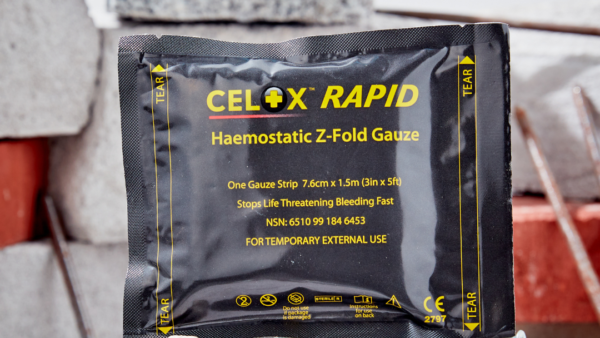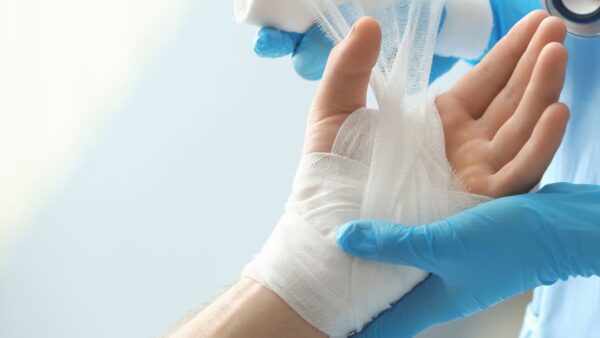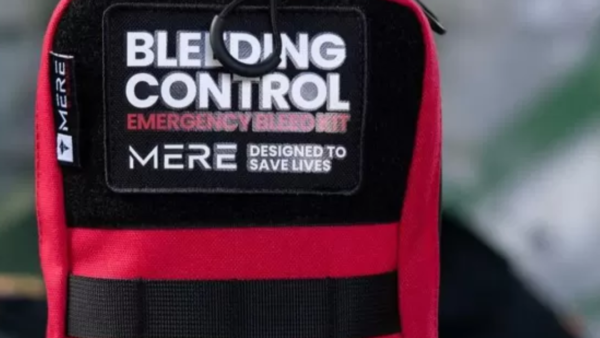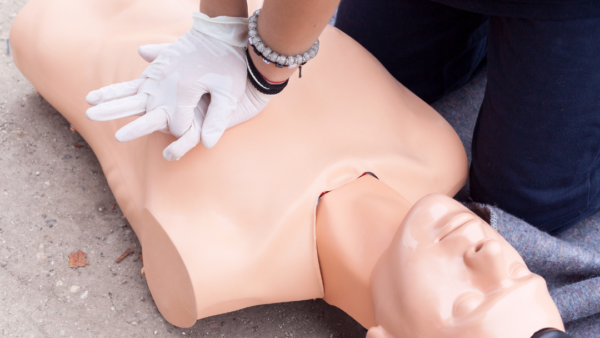In any workplace, accidents can happen at any time. Whether it’s a small cut, or sprained ankle, or even a more serious injury, having a well stocked and properly maintained first aid kit can mean the difference between a minor inconvenience and a life threatening situation. Workplace first aid kits are not just a mere requirement; they are lifesavers.
The importance of workplace first aid kits cannot be overstated. They provide immediate access to essential supplies and equipment that can help stabilise a person’s condition until professional medical help arrives. By having a well equipped first aid kit on hand, employers demonstrate their commitment to the health and safety of their employees.
Workplace first aid kit regulations and requirements in the uk
In the United Kingdom, workplace first aid kits are regulated by the health and safety regulation 1981. These regulations require employers to provide adequate and appropriate first aid equipment, facilities, and personnel to ensure the immediate treatment of injured or ill employees. The specific requirements for workplace first aid kits depend on the nature of the work being carried out and the number of employees.
The health and safety executive provides guidelines on the minimum contents of a workplace first aid kit. These guidelines include items such as adhesive dressing, sterile eye pads, triangular bandages, safety pins, disposable gloves, and resuscitation face shields. It is important for employers to familiarise themselves with these regulations to ensure compliance and the safety of their employees.
Essential items included
A well stocked workplace first aid kit should contain a variety of essential items to handle different types of medical emergencies effectively. Here is what you will be receiving in your workplace first aid kit:
- MERE Responder Pouch XL
- CPR Face Shield
- First Aid Guidance Leaflet
- Waterproof Plasters x20
- Triangular Bandage x2
- Foil Blanket (Civilian)
- Skin Closure Strip x15
- Trauma Dressing (10x18cm)
- Large Dressing
- Microporous Tape
- Alcohol Wipes x10
- Sodium Chloride Pod x2
- Shears
- Emergency Light Stick
- Pupil Pen Light
- Non Woven Swab x10
- Eye Pad Dressing
- Burns Gel Sachet x2
- Storage Bracket
- Gloves x2
- MERE First Aid Patch
By having these essential items readily available, employers can ensure that prompt and appropriate first aid can be administered in the event of an injury or medical emergency.
How to properly maintain and update a workplace first aid kit
A workplace first aid kit is only effective if its properly maintained and regularly updated. Here are some steps employers can take to ensure their first aid kits are always ready to use:
Regular inspections: Designate someone in the workplace to inspect the first aid kit in a regular basis, checking for expired items, damaged packaging, or missing supplies. This person should also be responsible for restocking the kit as needed.
Replenish supplies: Whenever an item is used or expires, it should be replaced immediately. This ensure that the first aid kit is always fully stocked and ready for use.
Keep an inventory: Maintain an inventory of all the items in the first aid kit to ensure nothing is overlooked during inspections or restocking. This will also help in identifying any items that need to be replenished.
By following this maintenance and updating procedures, employers can ensure that their workplace first aid kits are always prepared to handle any emergency.
Training employees on first aid and CPR
Having a well stocked first aid kit is only part of the equation. It is equally important to have trained employees who know how to administer first aid and CPR. Providing first aid training to employees not only equips them with the necessary skills but also boosts their confidence to act in an emergency situation.
Employers should consider providing regular first aid and CPR training sessions for their employees. These training sessions can be conducted by certified trainers or through online courses. By investing in employee training, employers empower their workforce to respond effectively to training or medical emergencies, potentially saving lives in the process.
Workplace first aid for specific industries
Different industries have different risk factors and specific first aid requirements. For example, the construction industry may require additional items such as burn dressings, cold packs, and emergency eyewash stations due to the nature of the work. Similarly, the healthcare industry may require specialised first aid kits that include items such as disposable masks, biohazard bags, and more advanced medical equipment.
Employers should assess the unique risks and requirements of their industry and ensure that their workplace first aid kits are tailored accordingly. This may involve consulting with industry experts or suppliers who specialise in providing first aid kits for specific industries.
Workplace first aid kits vs personal first aid kits
While personal first aid kits can be useful in certain situations, they should never replace workplace first aid kits. Workplace first aid kits are designed to meet the specific needs and requirements of a workplace environment. They are typically larger, more comprehensive, and contain a wider range of supplies and equipment compared to personal first aid kits.
It is important for employees to understand the distinction between workplace and personal first aid kits. Personal first aid kits may be suitable for minor injuries or emergencies outside of the workplace, but when it comes to workplace incidents, a fully stocked and properly maintained workplace first aid kit is essential.
The importance of workplace first aid kits in saving lives
Workplace first aid kits are not just mere; they are lifesavers. By being prepared with a well stocked and properly maintained first aid kit, employers can provide immediate and effective first aid to their employees in the event of an injury or medical emergency. From small cuts to more serious accidents, having the necessary supplies and equipment readily available can make a significant difference in the outcome.
Employers should prioritise workplace first aid kits regulations and requirements, ensuring compliance with the necessary guidelines and regulations. They should also invest in employee training to ensure that their workforce is equipped with the skills to administer first aid kit supplier and tailoring the kits to specific industry requirements, employers can further enhance the safety and well being their employees.
In conclusion, workplace first aid kits are not just an afterthought; they are a vital component of a safe and healthy work environment. By recognising their importance and taking the necessary steps to ensure their effectiveness, employers can save lives and protect their employees in times of need.






